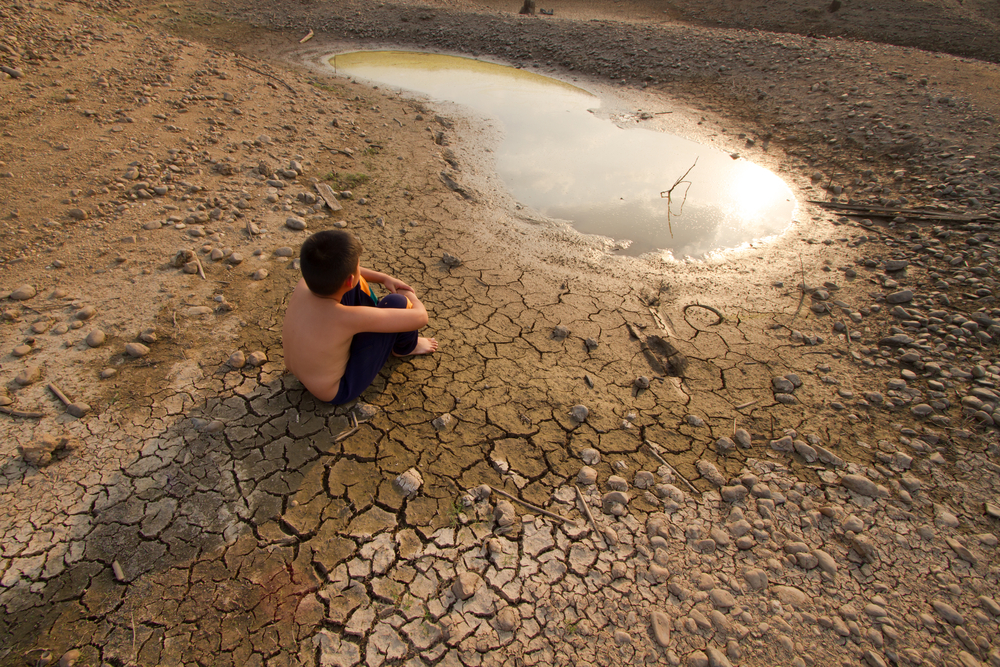
The hottest year on record globally in 2015 could be just another average year by 2025 if carbon emissions continue to rise at their current rate, according to new research published in the Bulletin of American Meteorological Society.
And no matter what action we take, human activities had already locked in a “new normal” for global average temperatures that would occur no later than 2040, according to lead author Dr Sophie Lewis, from the Australian National University (ANU) hub of the ARC Centre of Excellence for Climate System Science (ARCCSS).
However, while annual global average temperatures were locked in, it was still possible with immediate and strong action on carbon emissions to prevent record breaking seasons from becoming average – at least at regional levels.
“If we continue with business-as-usual emissions, extreme seasons will inevitably become the norm within decades and Australia will be the canary in the coal mine that will experience this change first,” said Dr Lewis.
“That means the record hot summer of 2013 in Australia – when we saw temperatures approaching 50°C in parts of Australia, bushfires striking the Blue Mountains in October, major impacts to our health and infrastructure and a summer that was so hot it became known as the “angry summer” – could be just another average summer season by 2035.
“But if we reduce emissions drastically to the lowest pathway recommended by the Intergovernmental Panel on Climate Change (RCP2.8), then we will never enter a new normal state for extreme seasons at a regional level in the 21st Century .”
The idea of what the term “new normal” actually means was the cornerstone of this new research. It has often been used when talking about climate change but it had seldom been clearly defined. Dr Lewis and colleagues have now developed a scientific definition for the term.
“Based on a specific starting point, we determined a new normal occurred when at least half of the years following a record year were cooler and half warmer. Only then can a new normal state be declared,” she said.
After this process was used by the researchers to determine new normal conditions for global average temperatures, it was used again to examine record hot seasonal temperatures at a regional level.
Using the National Computational Infrastructure supercomputer at ANU to run climate models, the researchers explored when new normal states would appear under the Intergovernmental Panel for Climate Change’s four emissions pathways.
The research team then examined seasonal temperatures from December to February across Australia, Europe, Asia and North America.
The results revealed that while global average temperatures would inevitably enter a new normal under all emissions scenarios, this wasn’t the case at seasonal and regional levels.
“It gives us hope to know that if we act quickly to reduce greenhouse gases, seasonal extremes might never enter a new normal state in the 21st Century at regional levels for the Southern Hemisphere summer and Northern Hemisphere winter,” Dr Lewis said.
“But if If we don’t act quickly Australia’s “angry summer” of 2013 may soon be regarded as mild. Imagine for a moment, if a summer season like 2013 became average. The likely impacts of an extremely hot year in 2035 would beyond anything our society has experienced.”




